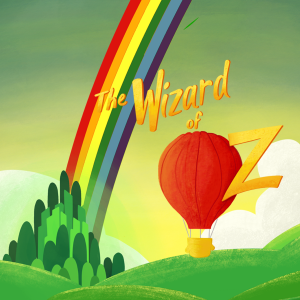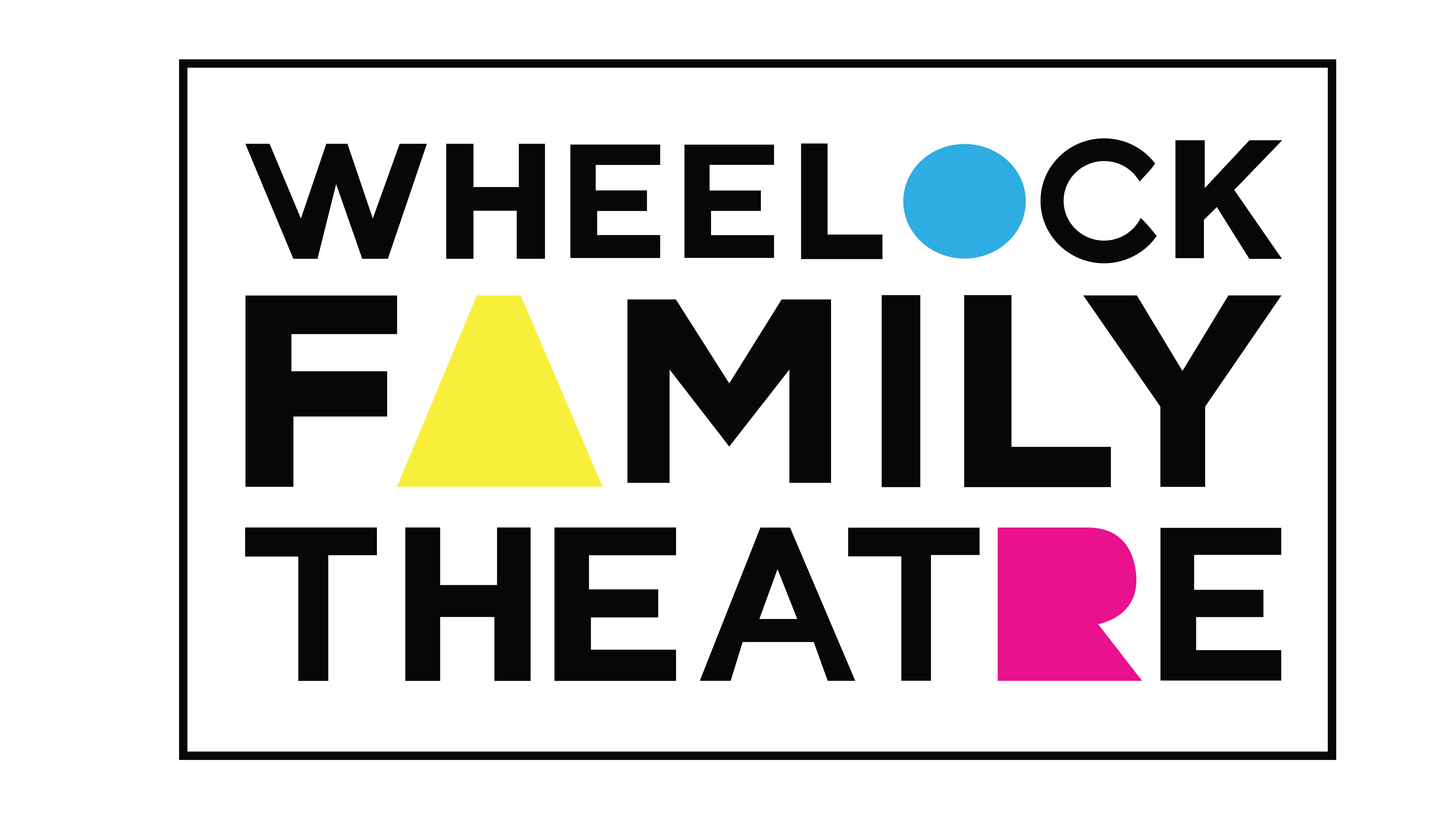Welcome to the The Wizard of Oz Virtual Learning Guide!
by Sophie Rich, with contributions by Kay Elliott and Rosalind Bevin
We here at WFT@BU are thrilled that you have decided to engage your class in educational activities surrounding our production of The Wizard of Oz!
In this virtual study guide, you will find a variety of exercises and activities designed to engage students in the history of this beloved story, in exploration of its themes, and in the creative process of producing a musical. Many activities can be conducted either in-person or in a virtual classroom. You can use this virtual study guide like a curriculum, either working through all of the activities or picking and choosing those that best suit your class and its goals.
Most exercises in this virtual learning guide are suitable for students in late elementary through middle school grades. Many can easily be adapted to work well with younger students, or to challenge high school students as well. There is a specific section of the study guide with additional activities for early childhood grades.

EXPLORE
This study is organized in 7 sections, each labeled by a character from the story of The Wizard of Oz. Each section contains activities surrounding a specific theme or topic.
Hover over the different characters to learn more about that section. Click the box to learn more!
ABOUT
All sections contain activities that aim to build cross-curricular connections. Many activities contain reflection questions that you might choose to use to wrap up the learning from that activity. In addition, we would like to introduce you to the following thinking routines (Ritchhart, Church & Morrison, 2011; Ritchhart & Church, 2020), which can be used to synthesize students’ thinking and generate actionable ideas for future learning any time during your exploration of the virtual study guide:
Connect/Extend/Challenge
-
Ask your students to reflect on the following questions:
- How is what I have just learned connected to what I already know?
- How is what I have just learned expanding or pushing my thinking in new ways?
- What new challenges or questions have arisen in my mind from what I have just learned?
- In particular, these questions might encourage active listening during videos in the Watch It section. Pose questions before watching for students to take notes on, or introduce them immediately after watching.
(Ritchhart, Church & Morrison, 2011, p. 132)
What/So What/Now What
-
To conclude an activity or unit, ask students to respond to the following prompts:
- WHAT — what did we do or learn?
- SO WHAT — why did we do or learn these things, what am I taking away?
- NOW WHAT — what will I do or learn next, now that I know this?
(Ritchhart & Church, 2020, p. 174)
CONTACT US
If you have any questions or would like to share how you and your class engaged with the VLG, send us an email at WFTEd@bu.edu. We’d love to hear from you!


